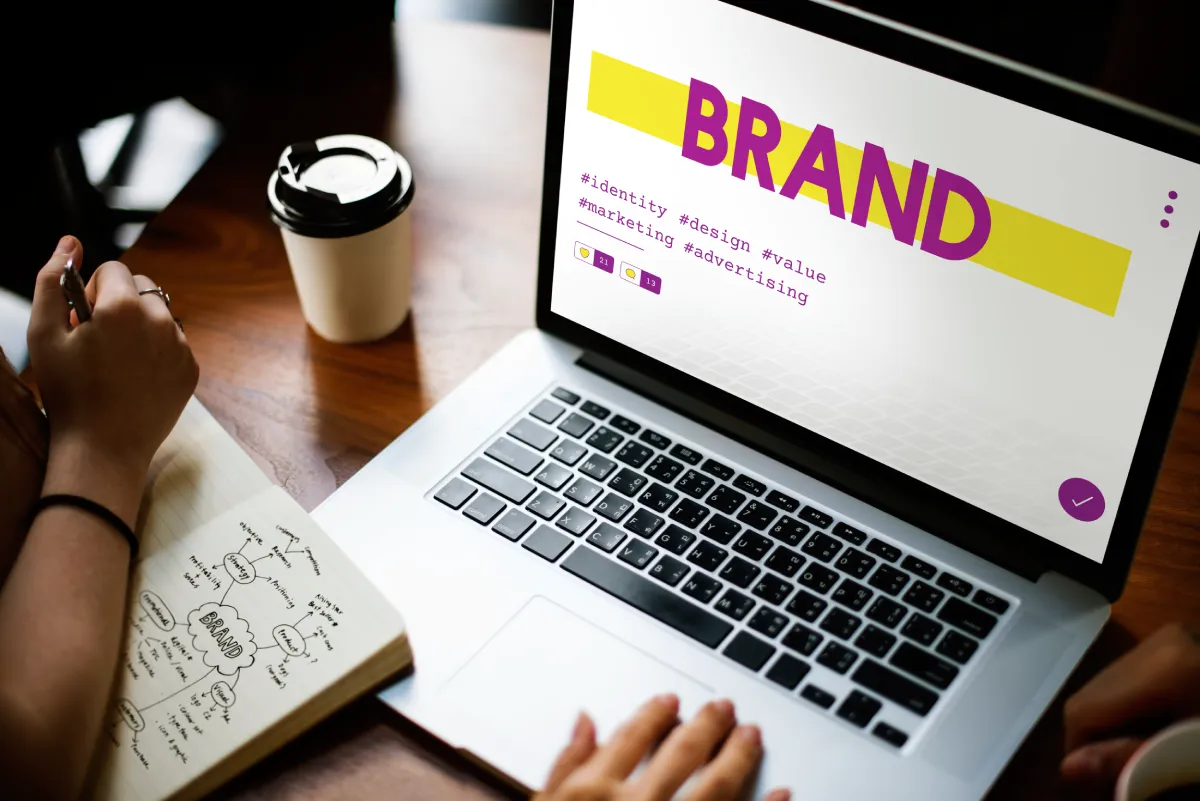Why Physical Branding Still Wins in a Digital-First World
Marketers are pouring resources into digital channels—but audiences are tuning out. As online spaces become increasingly crowded, even well-crafted campaigns can get lost in the noise. People scroll quickly, ignore banner placements, and skip past sponsored content without a second glance. The challenge isn’t just creating compelling ads—it’s breaking through fatigue and indifference in a saturated environment.
Physical branding offers something the digital world can’t replicate: presence. A quality hoodie, a notebook, or a coffee mug isn’t just an object—it’s a brand experience that lingers in someone’s daily routine. These touchpoints don’t just capture attention. They earn it—through familiarity, utility, and emotional connection.
Sensory Branding Sticks
These items create strong memories because people physically interact with them—promotional can coolers, for example, bring in touch, sound, and even the smell of a familiar drink, offering sensory experiences that digital formats struggle to replicate. When used often, they feel familiar and comforting, while digital impressions often vanish in endless scrolling.
Physical branding builds deeper mental connections by making interactions part of everyday life. A can cooler, for example, has practical use, keeps the brand visible, and encourages people to use it again. In a world flooded with digital noise, a useful branded item stands out and helps people remember a brand long after the first encounter.
Real Items Beat Digital Noise
In a feed full of motion, most digital ads disappear before they’re even noticed. Scroll, swipe, skip—it’s over in seconds. But a well-made object, like an insulated bottle or desk organizer, doesn’t demand attention to make an impression. It simply stays.
These items become part of someone’s routine—on a desk, in a bag, at the gym—acting as quiet, repeated reminders of the brand behind them. No pop-up needed. Instead of chasing clicks, brands build presence through daily use. That kind of visibility is passive, persistent, and far more memorable than a fleeting impression.
Swag That Starts Conversations
Branded merchandise often gets people talking in ways digital ads can’t. A cool T-shirt or tote bag with a logo often draws attention, prompting questions about where the item came from or what it represents. A brief moment like that can spark conversation, build a story, and create a connection. Moments like those foster genuine interactions that feel more personal than any digital ad.
Face-to-face chats can lead to stronger relationships. Word-of-mouth marketing grows through relaxed conversations where individuals share their stories in everyday environments. To encourage more of these moments, host small community events where people can talk about or show off branded merchandise. A setting like that turns branding into a lived experience.
Brand Trust Grows Faster With Tangible Value
Giving physical gifts shows that a brand cares, building trust faster than digital messages. Quality matters—a good pen or soft hoodie says a lot about the brand’s attention to detail. Each item reflects an effort to connect on a more personal level. Compared to impersonal online promos, a thoughtful gift makes people feel genuinely valued.
A strong experience like that leads to better opinions of the brand. Reaching for a well-made gift can remind someone of the care that went into it. For a deeper connection, try personalizing gifts. A small, thoughtful detail can make a big difference in creating lasting trust and a real bond.
Utility Extends Brand Lifespan in a Way Digital Can’t
Practical branded tools remain part of daily routines long after being handed out. Items like phone stands, kitchen magnets, or multi-use charging cables offer functional value while reinforcing brand visibility. Each tool supports a small, useful moment—organizing a workspace, powering a device, or simplifying a task—without needing extra marketing effort. Digital promos often fade quickly, but a helpful object stays relevant through repeated use.
Every time a person reaches for a well-designed tool, the brand becomes a quiet companion in daily life. To create lasting impressions, select items that naturally fit with routines and solve real-world problems. Long-term visibility follows.
Physical branding leaves a mark because it becomes part of daily life. A well-made hoodie, a sturdy tote, or a favorite mug doesn’t just carry a logo—it brings familiarity, comfort, and lasting utility. Each item stays visible, sparks conversations, and builds emotional ties that outlast digital impressions. When thoughtfully chosen, branded merchandise speaks to the audience’s needs and reflects the brand’s values. Instead of competing for fleeting attention online, invest in objects people genuinely want to keep. Start small: audit current offerings and explore ways to make them more personal, practical, and memorable. The long-term impact will follow.

Leave a Reply